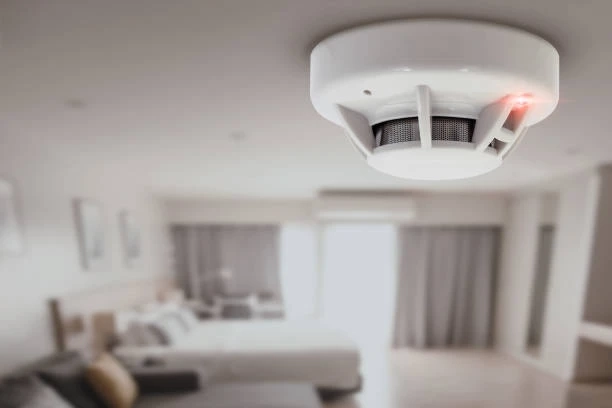Innovations in smoke alarm technology have been crucial in improving fire safety measures in both residential and commercial settings. As technology continues to advance, the fire detection industry has seen significant developments in smoke alarm systems. From traditional smoke detectors to smart interconnected alarms, the evolution of fire detection technology has come a long way. In this article, we will explore the latest innovations in smoke alarm technology and discuss what the future holds for fire detection systems.
The Evolution of Smoke Alarms
Smoke alarms have been a staple in fire safety for decades, providing early warning signals that can save lives. The earliest smoke detectors were simple, battery-operated devices that emitted a loud noise when smoke was detected. Over the years, smoke alarms have evolved to include features such as photoelectric sensors, ionization technology, and interconnected systems.
Photoelectric vs. Ionization Technology
Photoelectric smoke alarms use a light beam to detect smoke particles in the air, while ionization smoke alarms use radioactive materials to ionize the air and detect smoke. Both technologies have their advantages and limitations, with photoelectric alarms being more effective at detecting smoldering fires, and ionization alarms being more responsive to flaming fires.
Smart Smoke Alarms
One of the latest trends in smoke alarm technology is the emergence of smart smoke alarms. These interconnected devices are equipped with Wi-Fi capabilities, allowing them to communicate with each other and with other smart home devices. Smart smoke alarms can send alerts to your smartphone, giving you real-time updates on potential fire hazards even when you are not at home.
Integration with Smart Home Systems
Smoke alarms are now being integrated into larger smart home systems, allowing homeowners to monitor and control their fire detection devices remotely. These integrated systems can include features such as voice commands, self-testing mechanisms, and automatic emergency notifications to local fire departments.
Advanced Sensors and Artificial Intelligence
Advancements in sensor technology and artificial intelligence have also played a significant role in improving smoke alarm accuracy and reducing false alarms. New sensors can differentiate between smoke, steam, and dust particles, providing more precise detection of actual fire threats. Artificial intelligence algorithms help analyze data from multiple sensors to make quick and accurate decisions in the event of a fire.
Future Innovations in Fire Detection
Looking ahead, the future of fire detection technology holds promising developments. Researchers are exploring the use of drones equipped with thermal imaging cameras to detect fires in large buildings or remote areas. Additionally, there is ongoing research in developing sensors that can detect toxic gases released during fires, providing early warning signs of potential health hazards.
Conclusion
Smoke alarm innovations have come a long way, from basic battery-operated detectors to smart interconnected systems with advanced sensors and artificial intelligence. The future of fire detection technology is focused on enhancing accuracy, improving response times, and integrating seamlessly into smart home environments. As technology continues to evolve, we can expect more sophisticated fire detection solutions that prioritize safety and peace of mind for homeowners and businesses alike.


